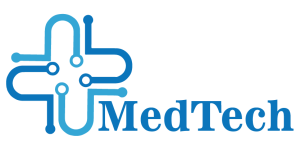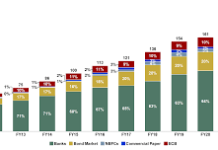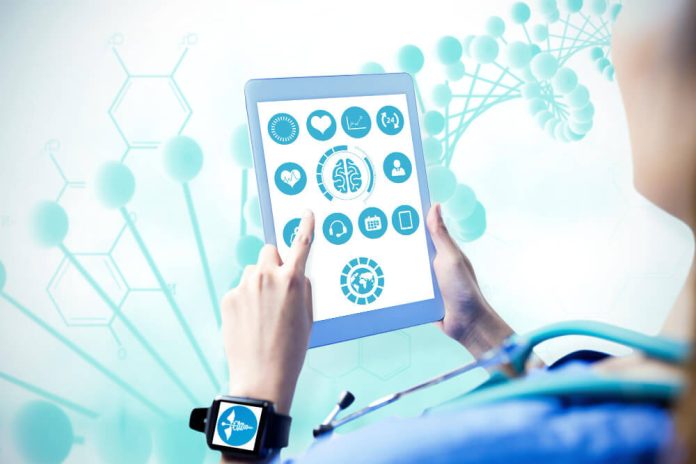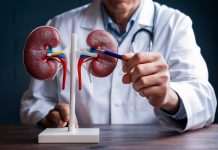The healthcare industry is transforming with the integration of the Internet of Medical Things (IoMT). This network of connected medical devices is reshaping how healthcare is delivered. From smart wearables to advanced monitoring tools, IoMT is creating a new era of healthcare automation, efficiency, and personalization. But how exactly are medical devices becoming part of this interconnected world? Let’s explore.
Understanding IoMT and Its Impact on Healthcare
The Internet of Medical Things (IoMT) refers to the connection of medical devices and equipment through the Internet. These devices communicate with each other and with healthcare providers, offering real-time data collection, analysis, and even decision-making.
The IoMT ecosystem includes wearables like heart rate monitors, glucose trackers, and even connected infusion pumps. This network allows for more responsive and efficient care, with the ability to monitor patients’ health remotely.
Connecting Medical Devices for Smarter Healthcare
One of the most significant benefits of IoMT is the ability to connect medical devices in real time. For example, a heart rate monitor might send data directly to a doctor’s tablet, enabling them to see changes in a patient’s condition instantly. Similarly, smart infusion pumps can adjust medication delivery based on real-time data, all without human intervention. These connected devices work together to create a seamless flow of information, reducing errors and enhancing treatment efficiency.
The Role of Healthcare IoT in Improving Care
Healthcare IoT (Internet of Things) devices are a fundamental part of IoMT. These devices allow for continuous monitoring of patients, providing healthcare professionals with critical data that can lead to faster, more accurate diagnoses.
For instance, wearable ECG monitors can transmit heart rhythm data to doctors, alerting them to potential issues like arrhythmias. This continuous feedback loop ensures that health conditions are identified before they become emergencies.
Smart Devices Transforming Hospital Automation
The integration of IoMT in hospitals is revolutionizing hospital automation. Smart devices are not only improving patient care but also optimizing hospital workflows. IoMT solutions such as automated drug dispensing systems, smart beds, and temperature sensors help reduce the manual effort required in daily operations.
These devices can adjust their settings automatically based on real-time data, ensuring that both patients and staff benefit from a more efficient environment. Additionally, connected systems streamline administrative tasks, freeing up medical professionals to focus on patient care.
Enhancing Healthcare Interoperability with IoMT
A significant challenge in healthcare is ensuring that various systems and devices can communicate with one another. IoMT enhances healthcare interoperability, allowing devices from different manufacturers to work together within a unified system. This ability to share and exchange data across platforms is crucial for seamless care coordination.
Whether it’s monitoring a patient’s vital signs or tracking medication usage, interoperability ensures that all relevant data is accessible to those who need it most, ensuring continuity of care.
Real-Time Data and Predictive Analytics in Patient Monitoring
With IoMT devices providing continuous real-time data, healthcare providers can implement predictive analytics to anticipate medical issues before they escalate. For example, an IoMT-connected device may detect a slight rise in a patient’s blood pressure and alert the medical team immediately.
Using predictive analytics, doctors can intervene early, preventing hospital readmissions or severe complications. This proactive approach is revolutionizing the management of chronic conditions such as diabetes, heart disease, and hypertension.
Security Concerns with IoMT Integration
While IoMT brings many benefits, it also presents challenges, particularly around cybersecurity. Connected devices and systems can become targets for cyber-attacks if not properly protected. Healthcare organizations must implement stringent security measures to protect patient data and maintain trust. Encryption, secure cloud storage, and regular software updates are some of the essential steps to ensure the privacy and security of medical data.
The Future of IoMT and Connected Medical Devices
The potential of IoMT is expected to grow as technology advances, leading to more sophisticated devices capable of performing complex medical tasks remotely. This could include remote surgeries and real-time diagnostics, and the integration of AI and machine learning could enhance personalized care.
Healthcare facilities are also likely to move towards adopting more fully integrated systems. These systems will bring together connected devices, AI algorithms, and electronic health records (EHR) to create a comprehensive, patient-centered care ecosystem.
Conclusion
The integration of medical devices with the Internet of Medical Things (IoMT) is reshaping healthcare. It offers numerous advantages, including improved patient monitoring, hospital automation, and enhanced healthcare interoperability. As more devices become connected, patients will benefit from more accurate diagnoses, more personalized treatments, and better overall care.
The ongoing advancements in healthcare IoT are not just revolutionizing how we provide care—they are transforming the entire healthcare experience, making it more efficient, data-driven, and accessible.
I hope you find the above content helpful. For more such informative content, please visit Medtechreporter.











